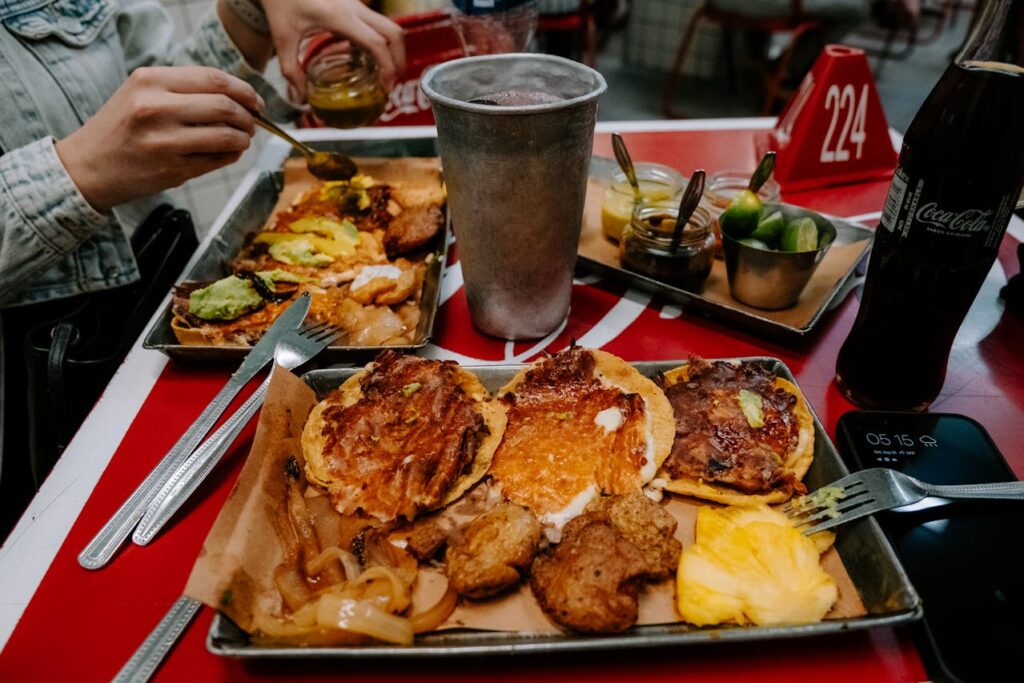The landscape of public relations in the food and beverage industry is undergoing a significant transformation. With the advent of digital technology, traditional PR strategies are being reimagined, creating new opportunities and challenges for brands. As we navigate this digital age, it’s essential to understand how these changes are reshaping the PR practices in this vibrant sector.
The Shift from Traditional to Digital Media
Historically, food and beverage PR relied heavily on print media, television appearances, and face-to-face interactions. Press releases were crafted for journalists, and media kits were designed to impress editors. However, the digital revolution has shifted this paradigm. Brands now have direct access to their consumers through social media, blogs, and online reviews, allowing for immediate engagement and feedback.
This shift means that food and beverage brands must adapt their PR strategies to encompass a broader range of digital channels. For instance, a new restaurant can leverage platforms like Instagram and TikTok to share mouthwatering images and videos of its dishes, creating buzz long before the doors officially open. This direct engagement with consumers can lead to rapid brand awareness and customer loyalty.
Influencer Partnerships: A Double-Edged Sword
One of the most significant developments in food and beverage PR is the rise of influencer marketing. Collaborating with food bloggers, chefs, and social media influencers can amplify a brand’s message and reach niche audiences. These influencers often have dedicated followers who trust their recommendations, making them powerful allies in a brand’s PR strategy.
However, the influencer landscape is not without its challenges. The sheer number of influencers means that brands must carefully select partners who align with their values and ethos. Additionally, transparency is crucial; consumers expect influencers to disclose partnerships. Failing to do so can result in negative publicity and erode trust.
Moreover, the rapid rise and fall of influencers can create volatility. A brand that relies too heavily on a single influencer may find itself at risk if that influencer faces controversy or shifts their focus. Diversifying influencer partnerships and maintaining a balanced PR approach is essential for long-term success.
Engaging with Communities: The Local Focus
Another trend reshaping food and beverage PR is the increasing emphasis on community engagement. Consumers are more likely to support brands that contribute positively to their local communities. PR strategies should incorporate community initiatives, partnerships with local organizations, and participation in local events.
For instance, a beverage brand might sponsor a local farmers’ market or partner with a community garden to promote sustainability. By actively engaging with the community, brands can cultivate goodwill and enhance their reputation. This localized approach not only strengthens brand loyalty but also positions the brand as a responsible and caring member of the community.
Data-Driven PR Strategies
The digital age has ushered in an era of data-driven decision-making. PR professionals in the food and beverage sector can now leverage analytics to measure the effectiveness of their campaigns and refine their strategies. Tools that track social media engagement, website traffic, and consumer sentiment provide invaluable insights into what resonates with audiences.
By utilizing data, PR teams can make informed decisions about content creation, influencer partnerships, and community initiatives. For example, if data shows that a particular type of content—such as behind-the-scenes videos—yields high engagement, brands can prioritize this format in their PR campaigns.
Navigating Crisis Communication
As the food and beverage industry faces its share of crises, the importance of effective crisis communication cannot be overstated. Digital platforms amplify both positive and negative sentiments, making it essential for brands to have a crisis communication plan in place. Social media can serve as both a blessing and a curse; while it allows for quick responses, it also means that negative feedback can spread rapidly.
PR professionals must be equipped to handle crises with transparency and empathy. A well-prepared response that addresses consumer concerns and outlines steps for resolution can mitigate damage to a brand’s reputation. Timeliness and authenticity are key in these situations; brands must demonstrate their commitment to addressing issues head-on.
The evolution of food and beverage PR in the digital age presents both opportunities and challenges. By embracing digital platforms, fostering community engagement, and leveraging data, brands can create innovative and effective PR strategies. As the industry continues to adapt, the ability to navigate this landscape thoughtfully will be crucial for success. Ultimately, the brands that prioritize authenticity, transparency, and community connection will thrive in the ever-changing world of food and beverage public relations.
